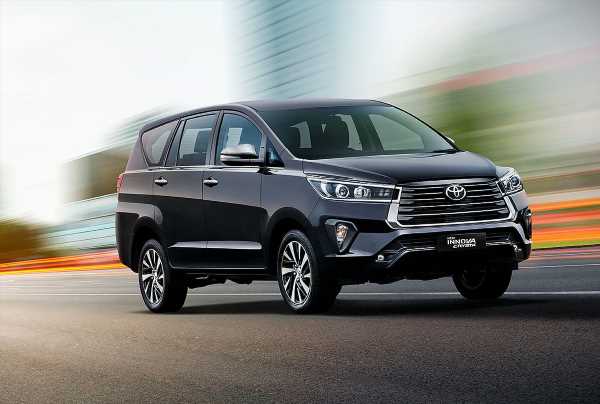Size matters on the road. Small is not dominating India’s car market any more.
The share of cars priced up to Rs 5 lakh in the passenger vehicle market has fallen to 10.5 per cent in the first 11 months of 2021-22, compared with 26 per cent in 2018-19 (FY19), the lowest in four years, according to data from industry sources.
Even the share of those in the price range between Rs 5 lakh and Rs 7.5 lakh has dropped to 32.4 per cent in the same period, from 34.9 per cent.
Interestingly, the share of pricier models – those priced between Rs 10 lakh and Rs 12.5 lakh – rose to 11.5 per cent in the same period, the highest since FY19 when their share was only 5.5 per cent.
What explains the changing composition of the car market?
“The rise in car prices over the past four years has been higher than the rise in income levels. This has hit affordability,” says Shashank Srivastava, senior executive director–sales and marketing, Maruti Suzuki India.
Also, the elasticity of demand and the cost increase as a percentage is higher at the lower end.
These have deterred entry-level buyers, he says.
On average, small car prices have escalated by an average 20-25 per cent, with a clutch of emission and safety regulations taking effect.
These include Bharat Stage VI, airbags, and anti-lock braking system, among other regulatory changes, he added.
A similar trend is seen in the two-wheeler segment that has been reeling from a protracted slowdown for the past three years.
Even as the slowdown has been all-pervasive, sales of motorcycles — those priced up to Rs 70,000 — have fallen 41 per cent in the first nine months of FY22, whereas as those priced above Rs 70,000 have seen a decline of only 3 per cent, CRISIL Research said in a webinar last week.
Ditto for scooters that have seen entry-level models bear the greater brunt of the slowdown.
With the ongoing war in Ukraine and commodity prices heating up, analysts expect the total cost of ownership of both two-wheelers and passenger cars to go up, but this may not impact the sales, given the huge pent-up demand and long waiting period for passenger vehicle models.
The surge in input commodity costs with 30 per cent increase in Brent crude oil price, if sustained till the first half of FY23, could inflate the total cost of ownership by 20 per cent year-on-year in FY23 (for carbuyers) after a similar increase in FY22, wrote Basudeb Banerjee of ICICI Securities in a recent research report.
“Despite higher vehicle and fuel prices likely to push up vehicle ownership cost, we see low risk of significant demand deterioration for now,” wrote Nitij Mangal, analyst at Jefferies, in a March 9 report.
He attributed it to the industry recovering from its worst slowdown in decades.
“On a relative basis, we see demand risk higher for passenger vehicles than for two-wheelers and trucks.
“However, passenger vehicle channel inventories are already down to 12-15 days versus normal levels of 30-35 days and most original equipment manufacturers have a waitlist, which provides a cushion.
“Historically, auto demand has shown much higher correlation to gross domestic product growth than to cost of ownership,” wrote Mangal.
Image used for representation purpose only.
Source: Read Full Article

